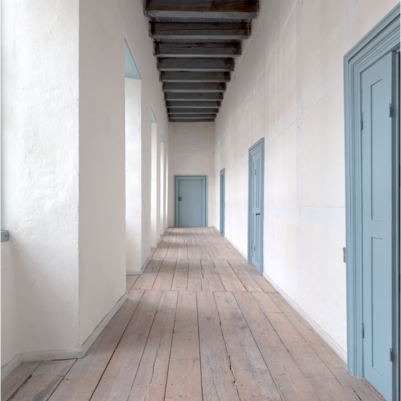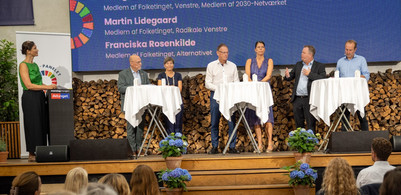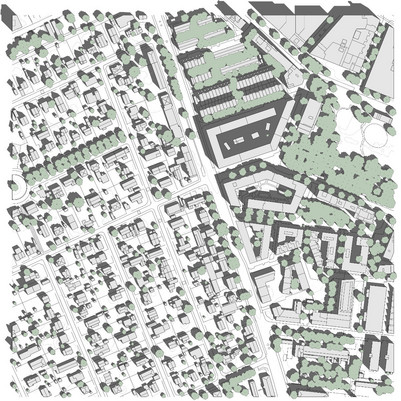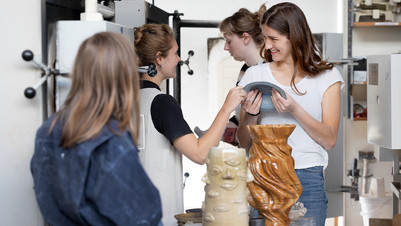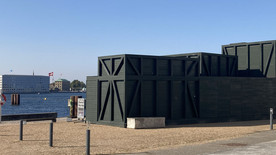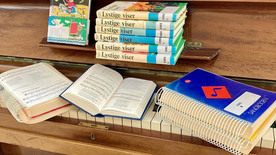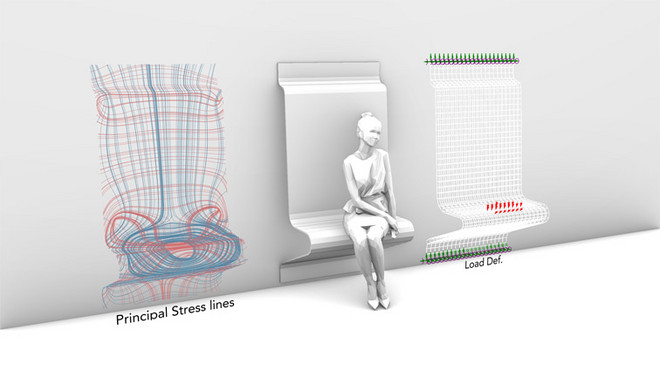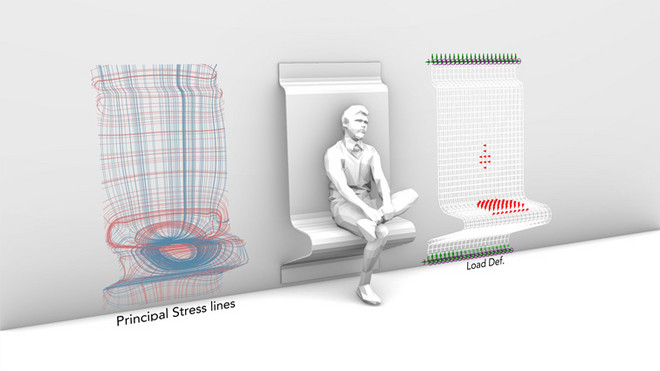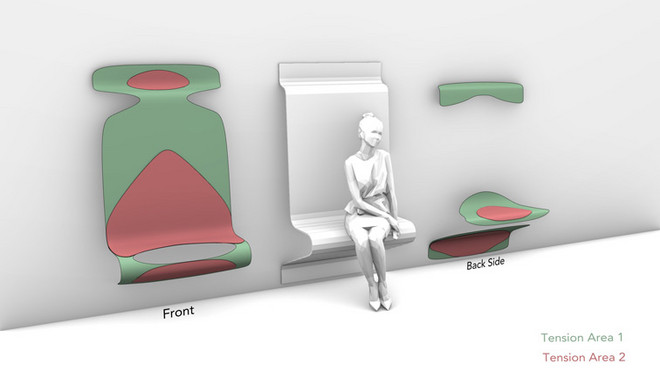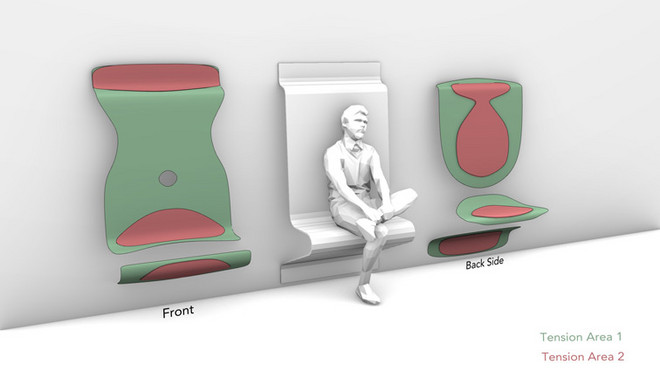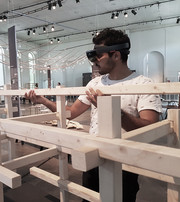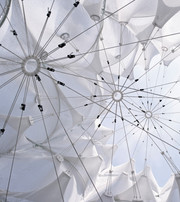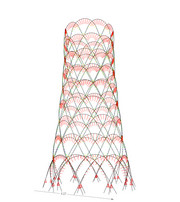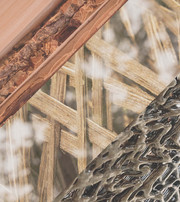
Paulownia Flax Structures
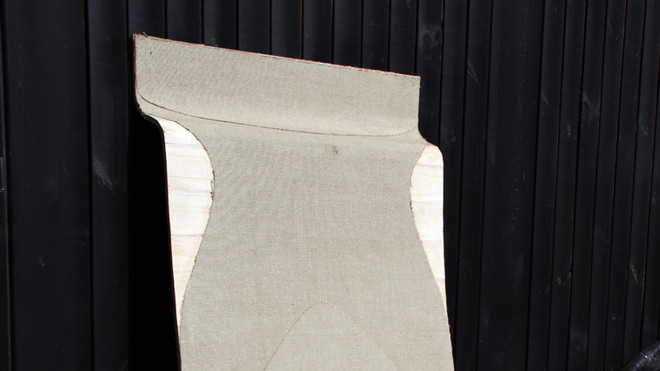
This study examines composites based on fiber-based materials.
It focuses on organic textiles of Jute, Hemp, Wool, Flax, and Glass fiber as a synthetic textile, combined with the lightweight wood species Paulownia. By creating novel composites, the study provides material-fabrication knowledge and methods for material strategies to improve and reduce material waste in the built environment. This approach is further enabled by using small elements that can be sourced from waste wood and reclaimed wood.
The results find that the proposed method and resulting composites have significant potentials for both expressive and functional characteristics, allowing tectonic articulation to be made, while creating minimum material structures based on assembly of small elements to larger complex curvature building parts.
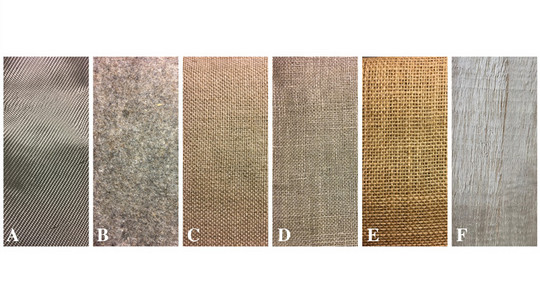
Research is conducted as a hybrid material-computational methodology, developing and testing probes, prototypes and a full-scale demonstrator assembly in the form of a wall-mounted seating composition. For material testing, a series of composites are developed and tested by ultimate stress methods, observing and measuring the structural delamination and braking patterns.

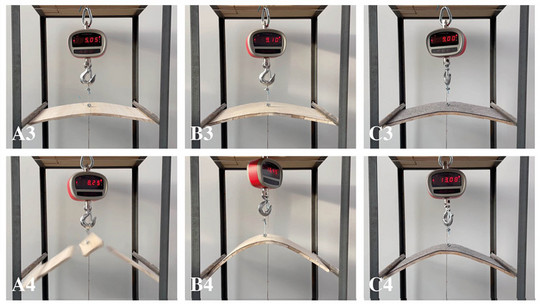
Data from the material studies and existing literature is used to develop a computational analysis and design model with integrated structural analysis. Wood and textiles are then distributed according to computed stress lines for different load conditions, leading to diversity in material composition and articulation.
The composite composition for the male test case is constructed and tested for observational studies when exposed to the computed load case, displaying good deformation alignment with digital simulation and no delamination of layers.
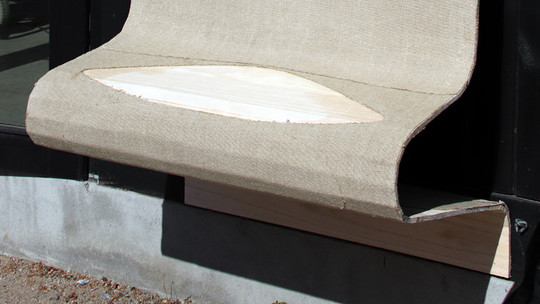

Dissemination
Dissemination
Worre Foged, I & Hilmer, J 2021, Fiber Compositions - Development of wood and textile layered structures as a material strategy for sustainable design. in 'eCAADe 2021 - Towards a New, Configurable Architecture: Proceedings - The 39th Conference on Education and Research in Computer Aided Architectural Design in Europe'. vol. 2, pp. 443-452.
Read it here




